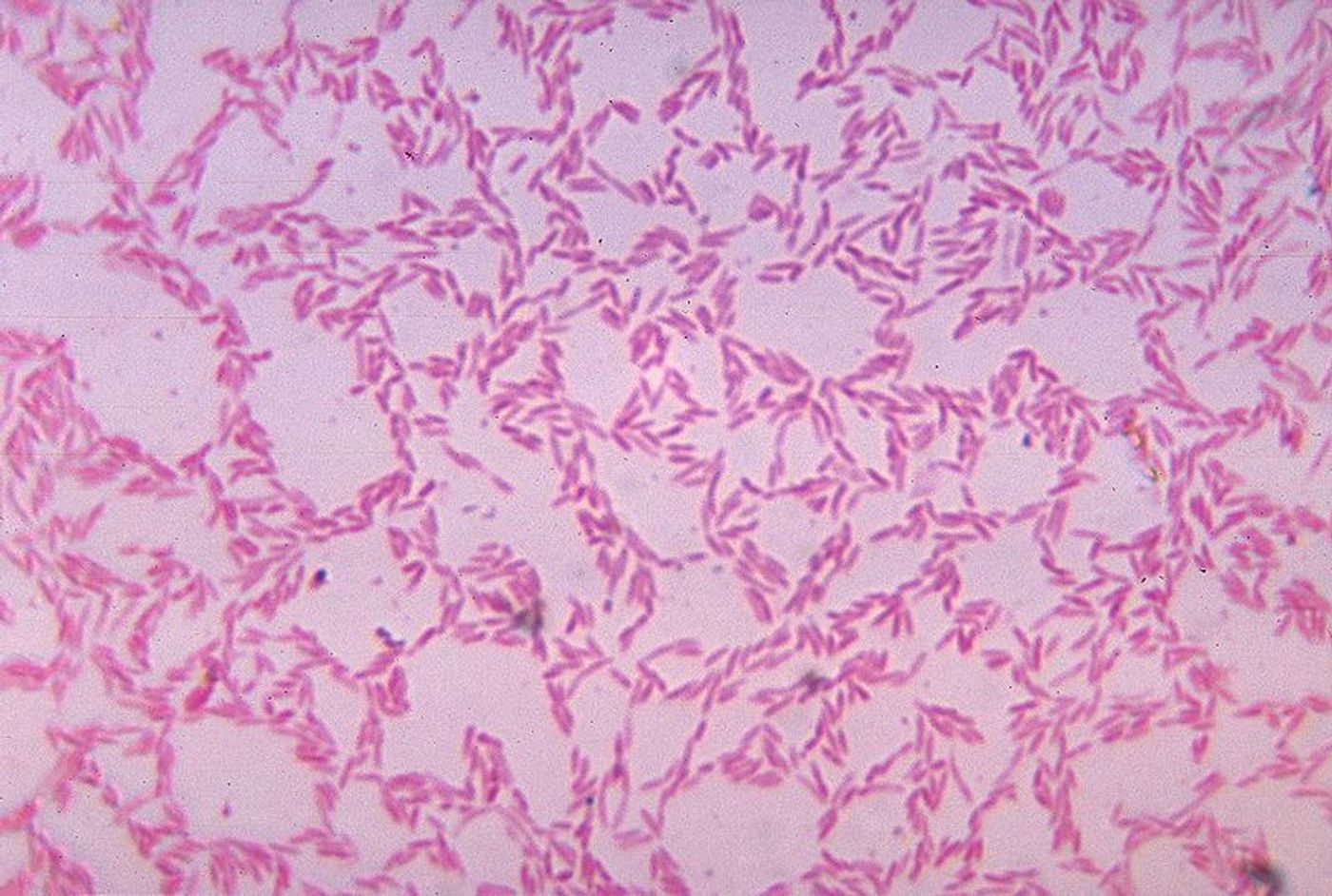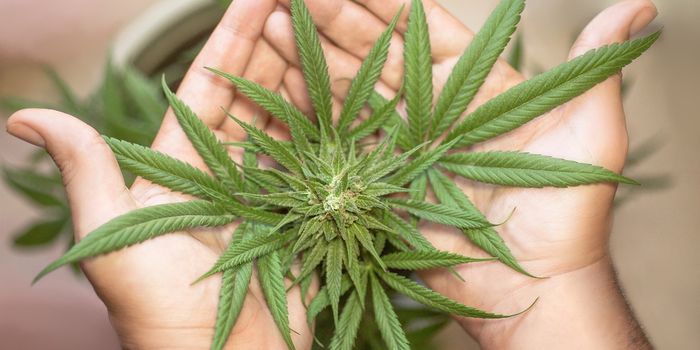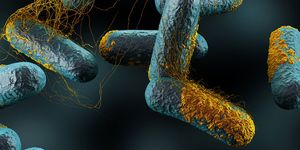Bacteria in the Mouth Produce Fat Contributing to Heart Disease
It’s not just fat and cholesterol that we get from our diet that contributes to heart disease. Bacteria that live in the human mouth produce fatty molecules called lipids that clog up arteries. After making this discovery, scientists plan to adjust the way they approach treating heart disease.
When researchers noticed that people who ate a diet high in fatty, cholesterol-rich foods didn’t always develop heart disease and others, who ate much less of those foods, did, they knew there had to be another explanation. From the University of Connecticut, scientists are studying the bacteria living in the mouth and their connection to heart disease.
Atherosclerosis develops when excess lipids in the blood clump together, leading to the development of plaques that also contain immune cells. Inflammation, swelling, blood clots, and the development of atheromas (warty growths) come next. University of Connecticut scientists conducted a chemical analysis of these atheromas to see where the lipids were coming from.
They found lipids with a chemical signature that did not match the signature of any known animal signature. This is because the lipids came from a family of bacteria that live in the human mouth, called Bacteroidetes, which make distinctive fats. They are distinctive because they have “unusual fatty acids with branched chains and odd numbers of carbons” that humans and other animals don’t have.
Frank Nichols, a specialist concerning the link between atherosclerosis and gum disease, describes Bacteroidetes as “constantly shedding tiny blebs of lipids.”
Chemical differences between the two species’ lipids results in weight differences that are just significant enough for scientists to tell the difference between them. And knowing the difference is important for finding out how each type of lipid is responsible for promoting heart disease
"Establishment of such a link is a first step to mark the lipids as indicators for early disease diagnosis,” explained chemist Xudong Yao.
Other impacts of chemical differences between bacteria lipids and human lipids include an inflammatory response initiated by immune cells that recognize bacterial lipids as foreign. Bacterial lipids can be broken down by an enzyme produced in the human body, but one of the byproducts of this metabolism is inflammation-enhancing molecules, creating a “double whammy” of inflammation.
Despite their connection to heart disease, Bacteroidetes in the mouth are generally harmless, living in peace. Even when they do cause gum disease, the disease does not invade the blood vessels. Bacteroidetes lipids, however, can get to the blood vessels quite easily
In the near future, scientists plan on analyzing atheromas more closely to determine where the bacterial lipids are accumulating to specify their connection to heart disease. Bacteroidetes are found in the gastrointestinal tracts of many animals but also in soils, oceans, and freshwater.
The present study was published in the Journal of Lipid Research.
Sources: Frontiers in Microbiology, University of Connecticut









